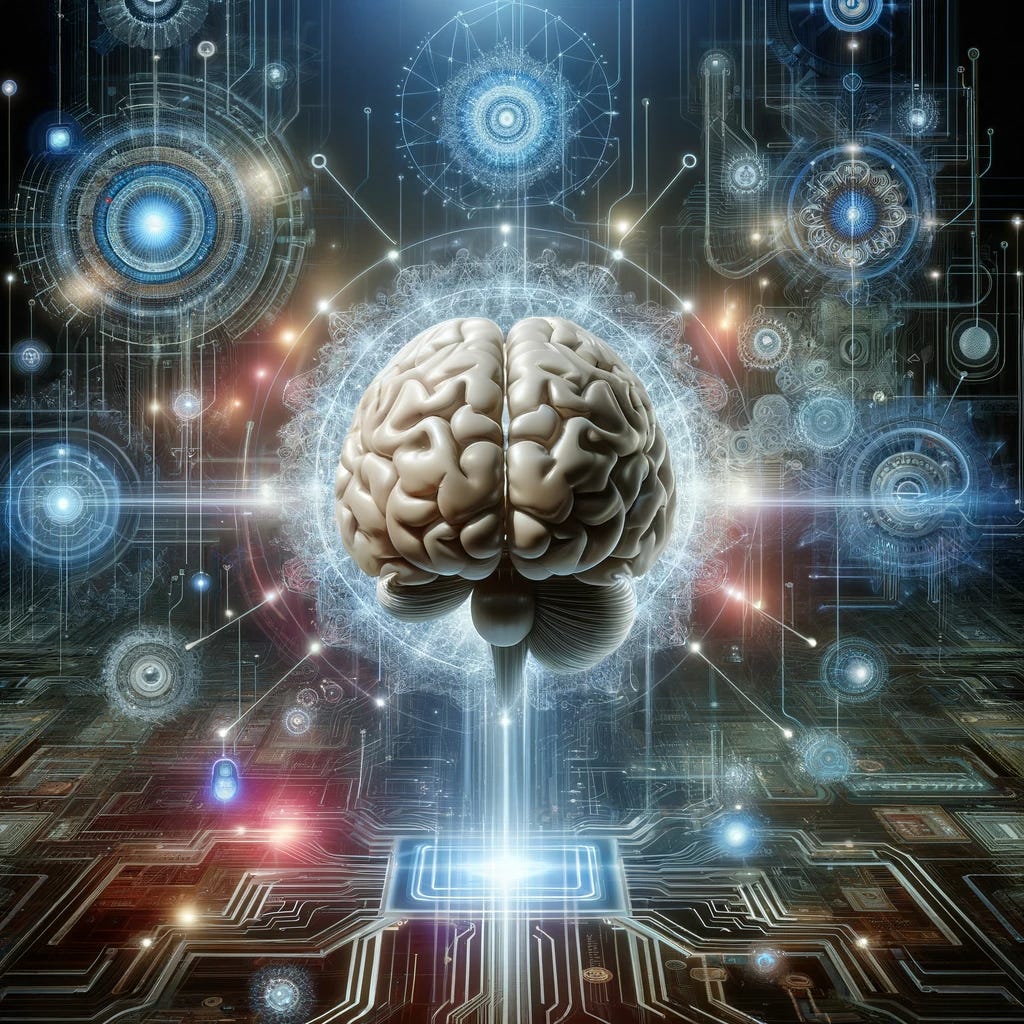What defines Artificial Intelligence?
Firstly, I prefer to use the term ‘Augmented Intelligence,’ as there is nothing artificial in all of this. I characterize Augmented Intelligence more as a tool at the service of humans, to perform their tasks in an enhanced way (faster, on a larger scale, more efficiently, etc.).
For a system to be qualified as augmented intelligence, it must be able to:
Perceive, have ‘senses’ like humans to receive data (text, sound, image).
Interact, the AI must be able to react after receiving data (reproduce an image, emit a sound, etc.).
Analyze, four major levels of analysis can be identified:
Descriptive: describing a given situation (for example, the monthly turnover is 5 million euros).
Diagnostic: analyzing the causes of a situation (the monthly turnover is down 5 million euros compared to the previous year).
Predictive: forecasting future events (the forecast for next year’s annual turnover is 7.5 million euros, considering last year’s figures and the diesel shortage in May).
Prescriptive: suggesting actions (to achieve 7.5 million euros next year, I recommend launching a marketing campaign targeting our historical clients, leveraging our new cargo transport offer).
4. Learn: AI must be capable of learning from its actions and improving over time with generated data.
A system can then be qualified as augmented intelligence if it meets all these criteria. The level of analysis can be more or less advanced.


